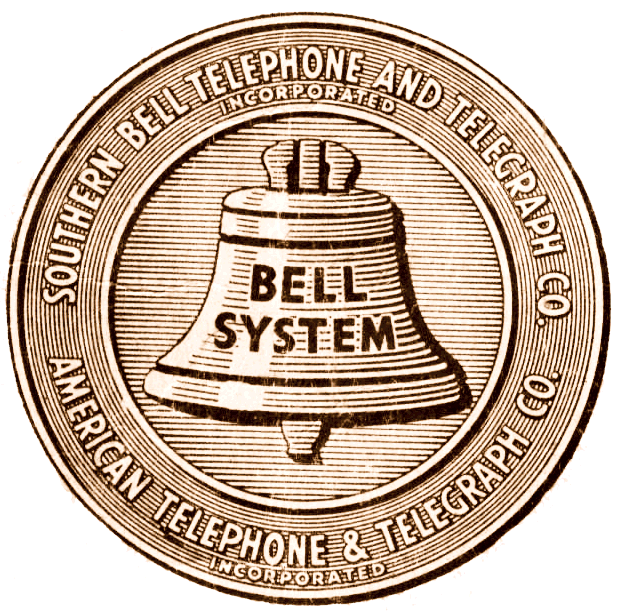I am working on a WLED project, using a esp32 in a 3d printed enclosere. But my dad says that i can’t install it because it is not UL listed. He is worried if the house burns down, the insurance company won’t insure it due to diy electronics possibly starting a fire. What am i to do, i am not developing a project to sell?
Is it a 5, 12 or 24v project? If it’s 5v, use a USB power brick, that will be ul rated.
The NEC says that anything under 50v is low voltage and not considered hazardous.
What’s the project? I have a handful of wled things in the house
Its running off a 5v usb brick. I am trying to alluminate the way to the bathroom for my mom late at night so she won’t trip or kick the household black cat. Also I ordered some PIR motion sensors to turn on the LED strip.
Note for you: phones aren’t UL tested for safety. As I read it this morning, Their listing falls under UL110, a sustainability spec for product lifecycles. And a battery spec or two.
Nice project though! I’ve got a handful of LED strips, mostly in the kitchen and more lighting outside. One thing you might care about is to give your wled instance a station ip address.
It sounds awesome. First I would explain how difficult it is for low voltage to cause fires. If that doesn’t work, maybe make a demo of a catastrophic failure (dead short) of your 5v brick, maybe he’ll see that doesn’t cause a fire. Or finally maybe encase the power brick and control circuitry in a metal container?
I’ve never heard of an adjuster digging through rubble hunting for UL listings on the side of electronics.
True.
In addition to what others are saying, just keep it smart.
From personal experience - I bought a 5v strip to play with, liked it so much that I guess I just got mental lock in. Decided to encircle a room with a continuous loop of them. About 48 feet perimeter. With my lights, that was about 300 watts. At 5v, that’s 60 amps!
At one point a solder joint failed and a neutral wire disconnected, causing another to pick up more voltage than intended, eventually over temping the wire and causing some melting of mounting brackets.
No fire. Just a serious reassessment of things, and pulling that whole system.I now use 12v or 24v strips. They require less power injection and lower amps. (Amps are what generate heat, and kill you when you get zapped.)
However, and not to dissuade you at all, but if it makes sense, perhaps a motion sensing nightlight?
I use some zigbee RGB ones by third reality - they report to my hub when they detect motion. You could just buy a bone stock RGB strip controller and create an automation to fire those when the nightlight detects motion.
Definitely not the same journey of learning and experimentation, and with far less options to play with. But it would be way more manageable, and no arguing with family about insurance policies or electrical code.Look into the Shelly switches. You connect through wifi and Bluetooth but it’s an open device in terms of how you run it.
It has an esp8226 inside but it’s ul listed and fits inside the switch housing. You won’t have wires running into a socket and it won’t look ‘dangerous’ per say.
If the house burns down because of that your insurer will likely be difficult about it. You should also check the policy of your insurer, perhaps the cause of the fire is irrelevant.
As for fire safety. I always put my electronics in non flammable environments and make sure that everything is fused with either a current or thermal fuse.
Anything with high current consumption goes inside a metal box so that even if it does catch fire it can’t take anything with it. 3D printed enclosures are fine if you mount those inside a metal bucket for example.
UL listed?
Its a product Safety standard. Here is a Wikipedia page. https://en.m.wikipedia.org/wiki/UL_(safety_organization)
I’d challenge the restriction. I doubt that everything in the house is “UL listed”.
That said, the fear and concern is real. It’s why many such products run on 5 or 12 volts.
I’d also check if you are actually switching mains power, rather than sending a separate control signal to the WLED.





